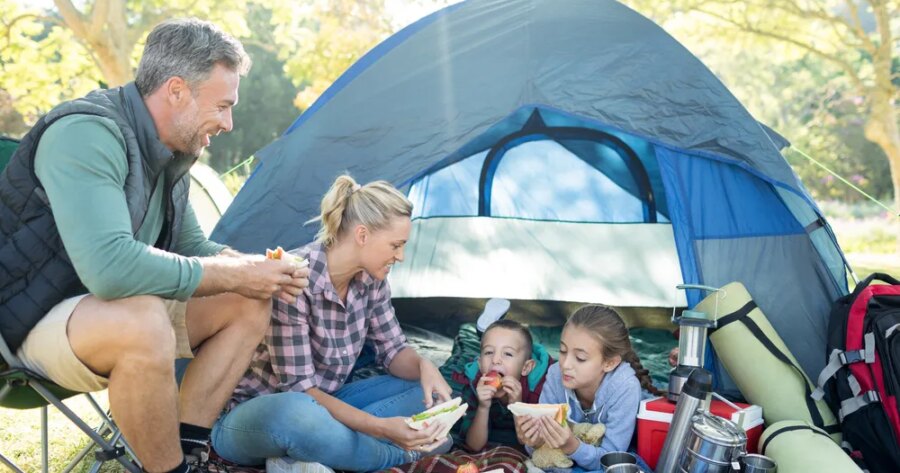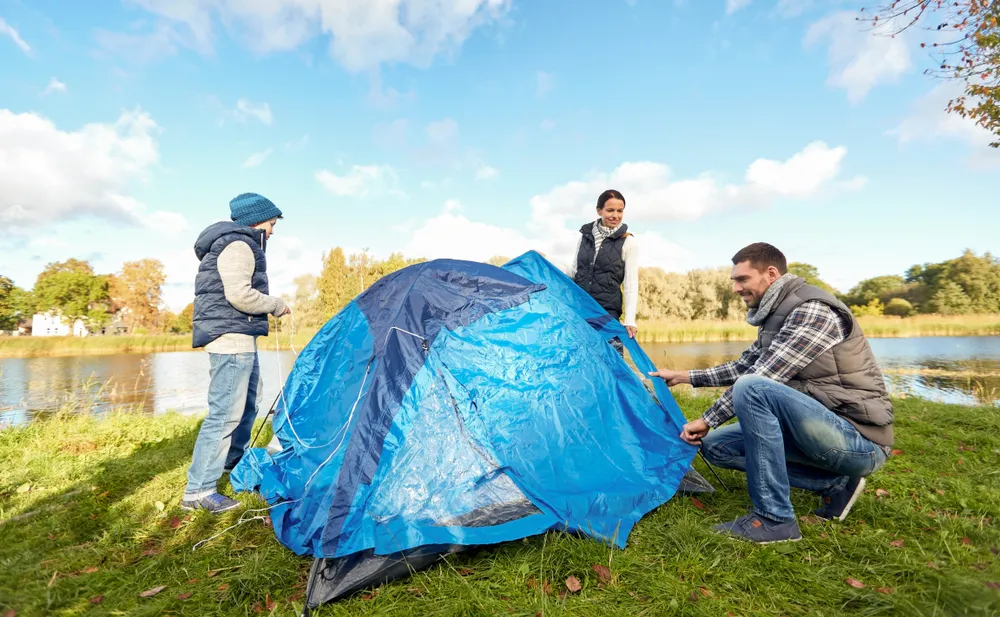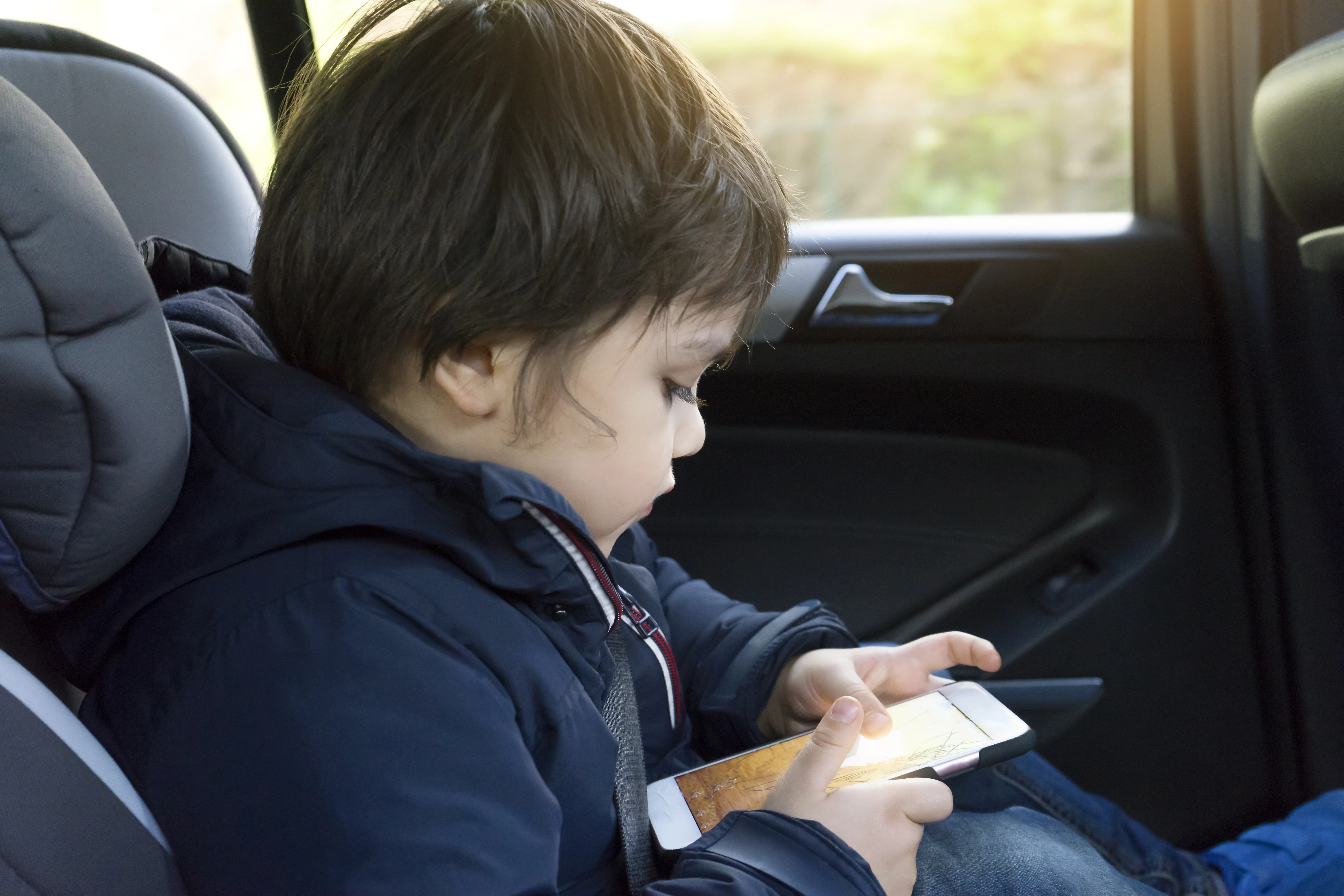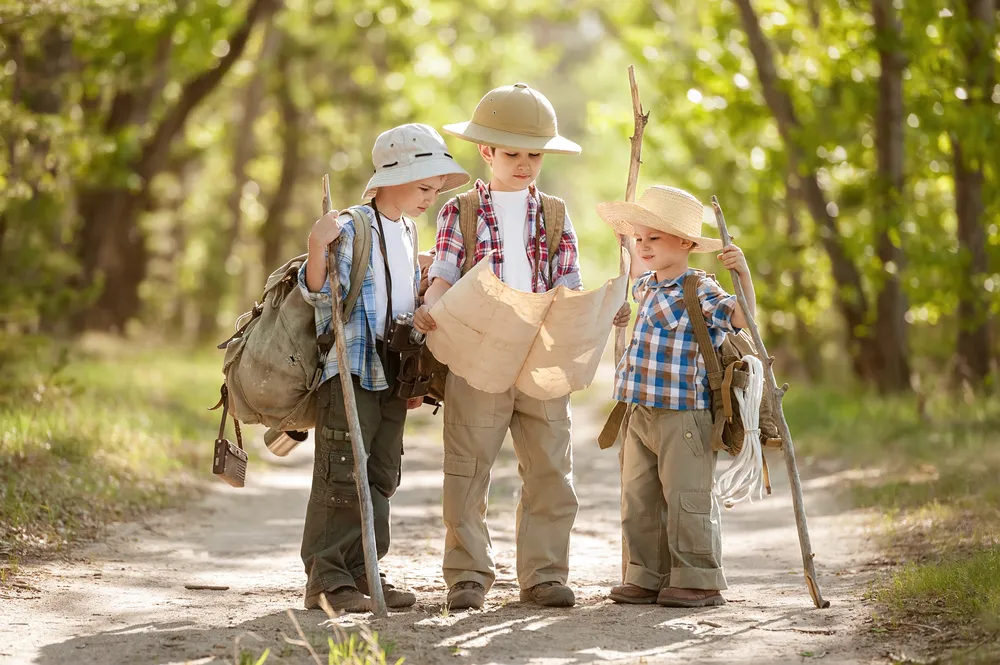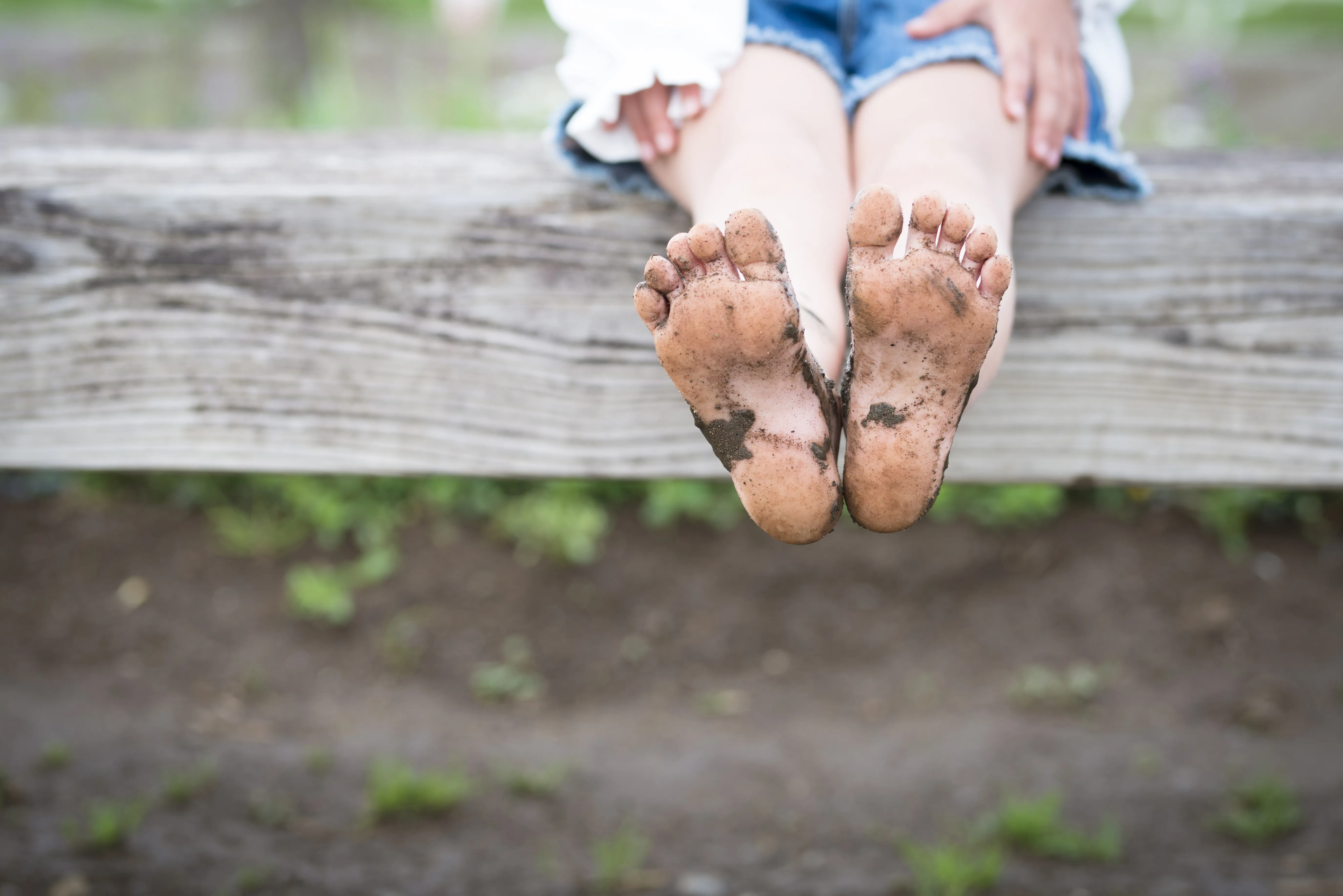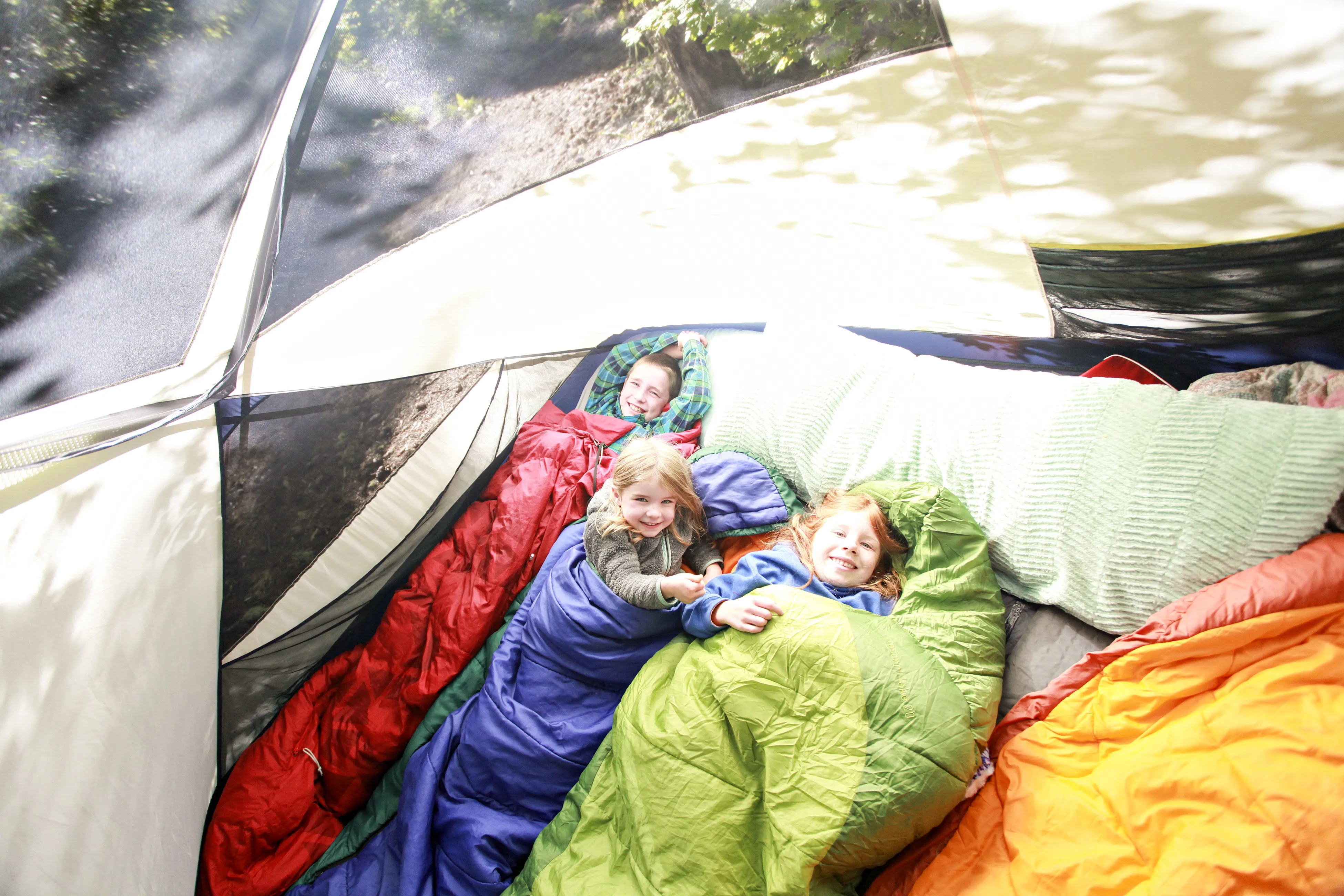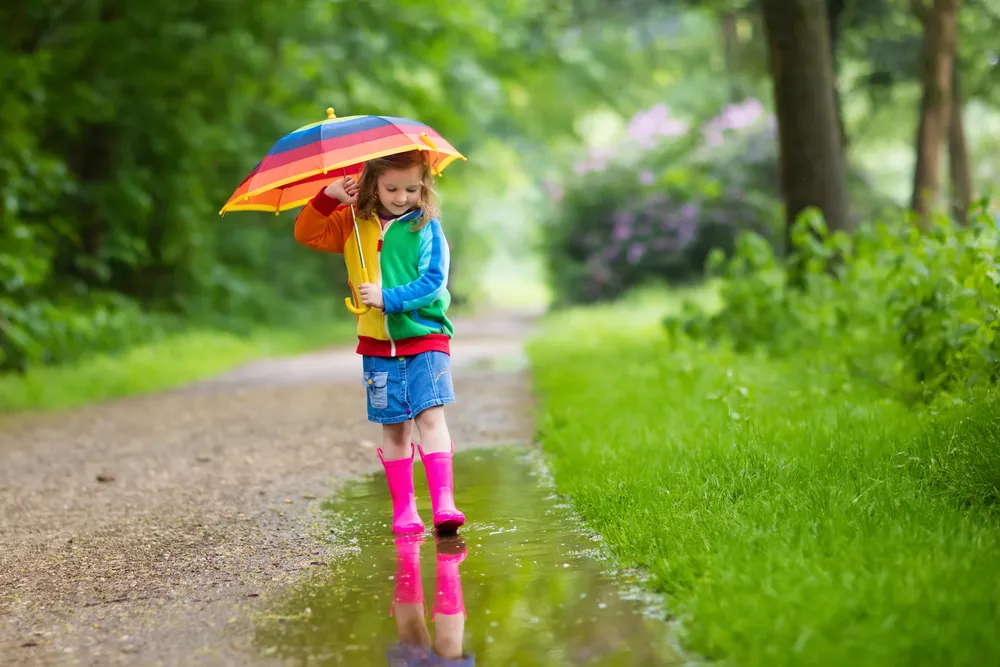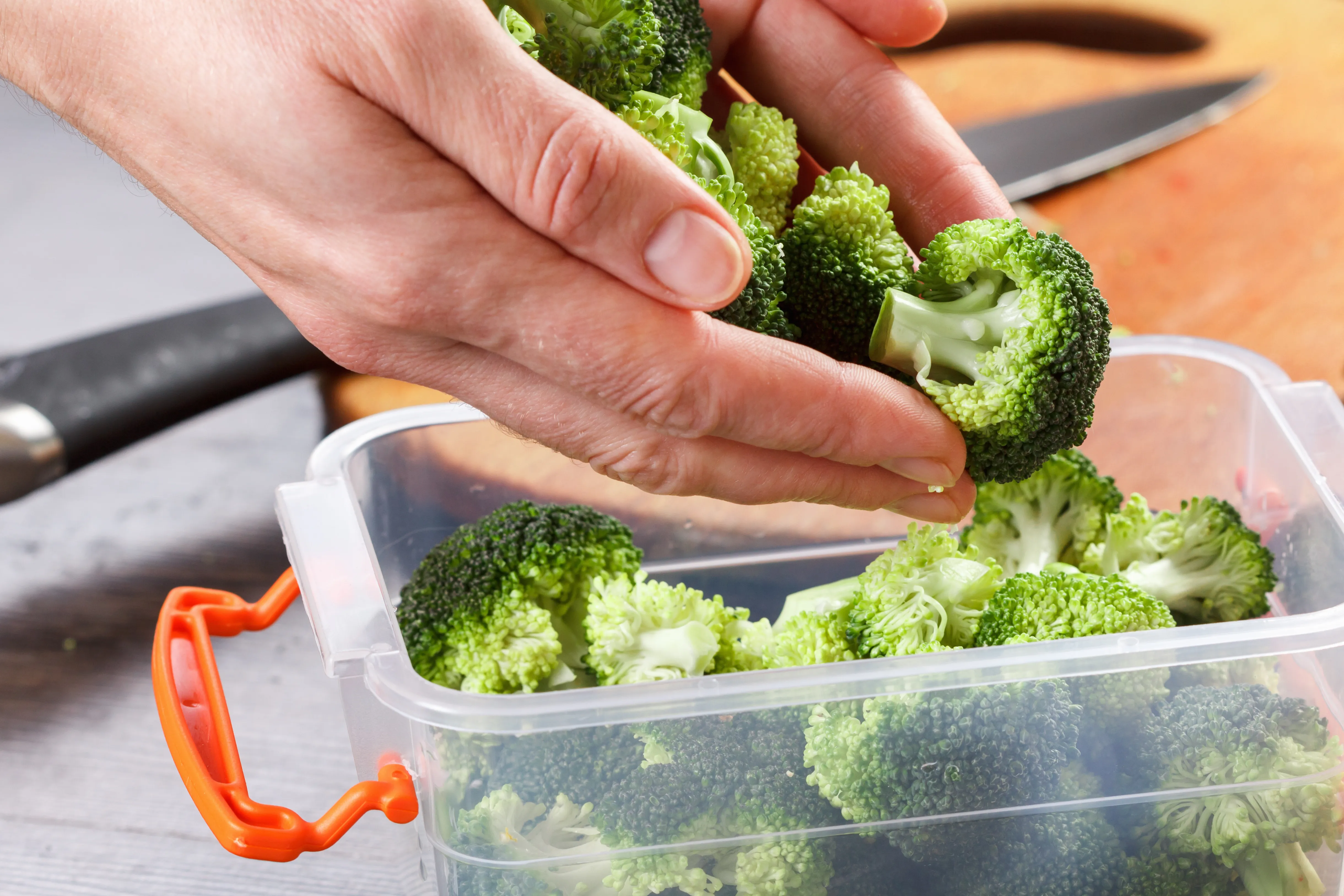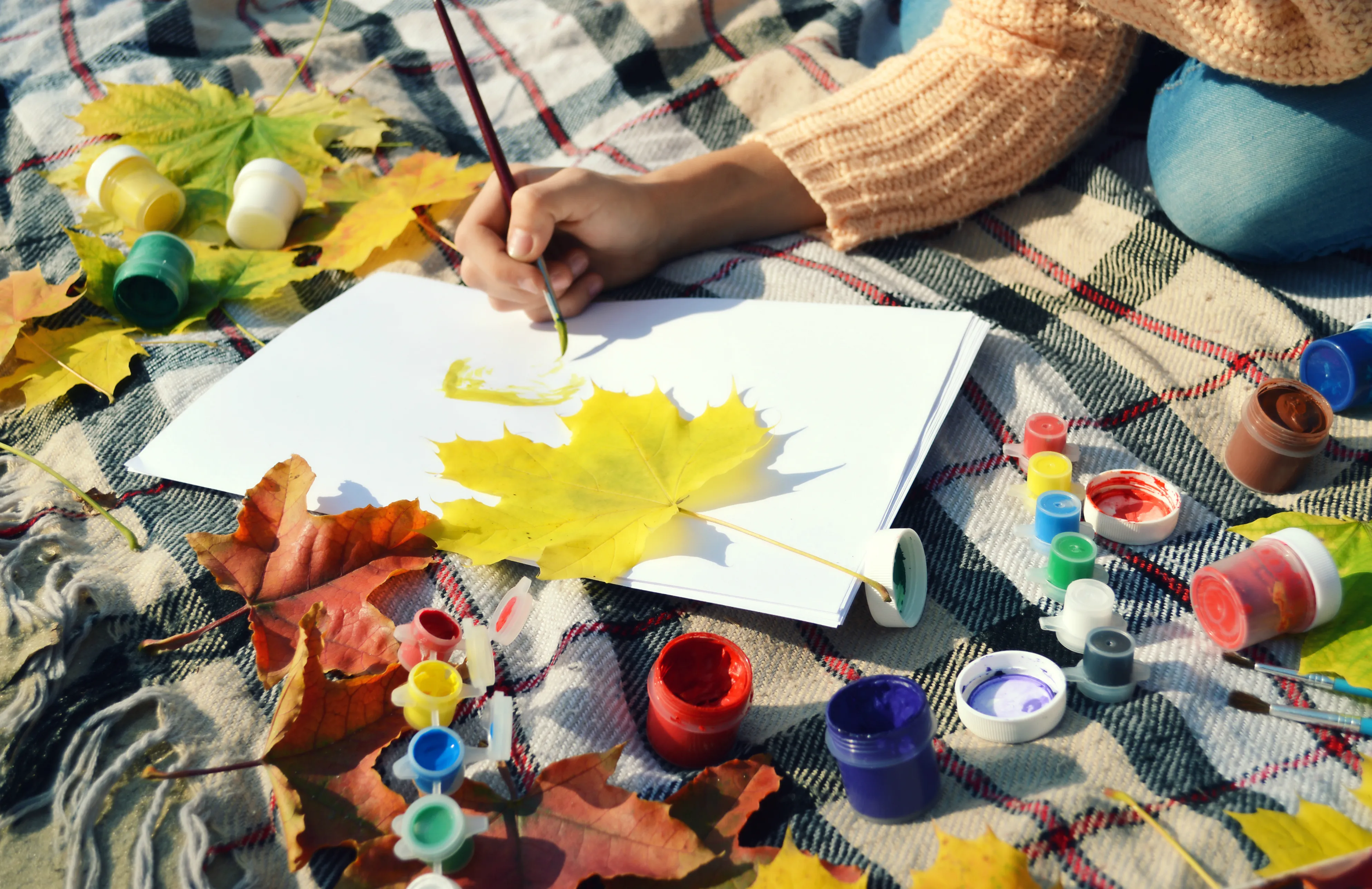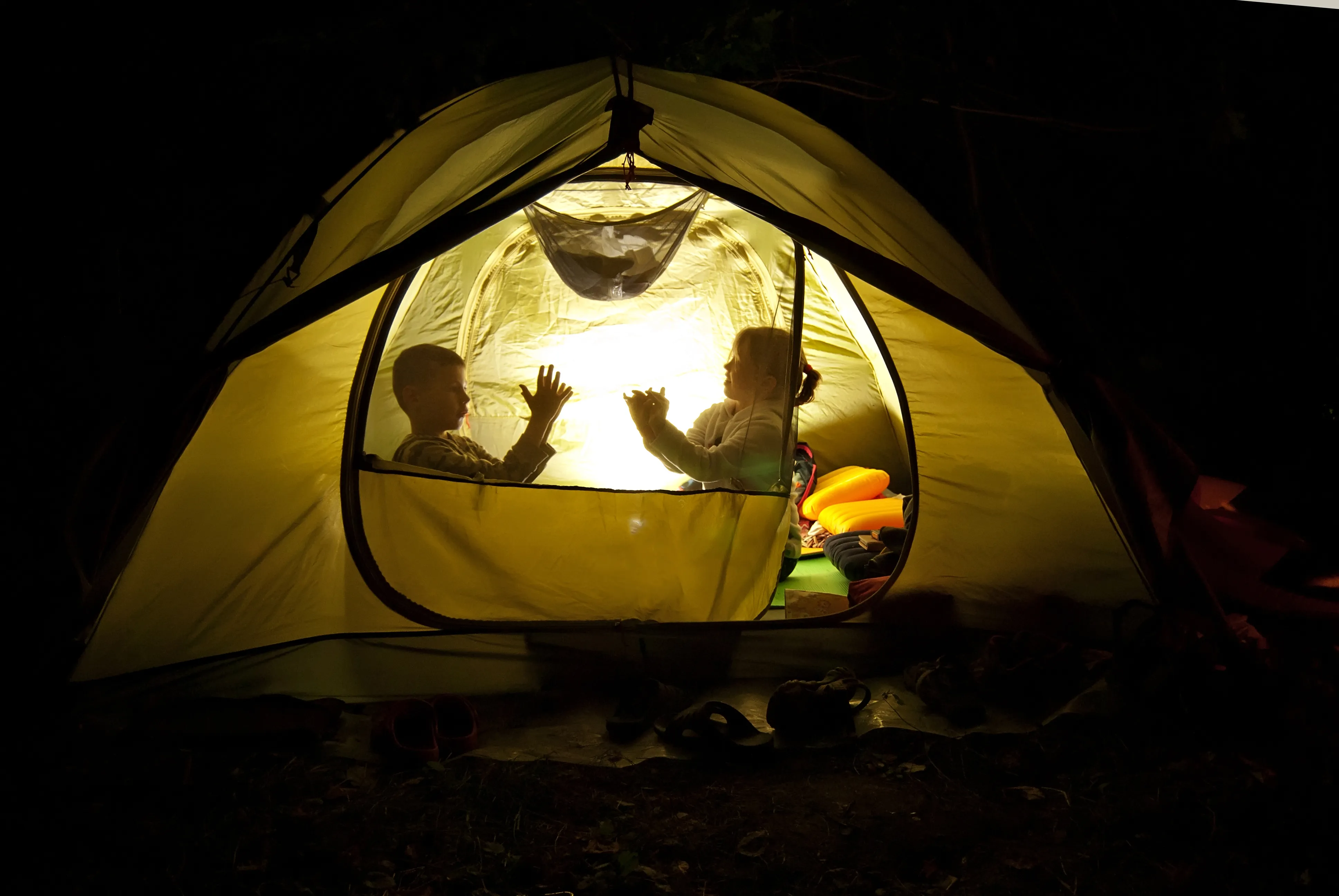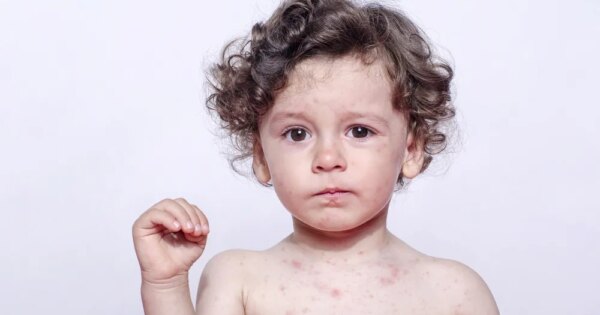So you’re headed to the Great Outdoors for a family vacation this summer! That’s great! Spending time outdoors is beneficial for both you and your kid(s) and a great time to de-stress and reconnect as a family. Maybe you’re new to camping or maybe you were a seasoned camper prior to having kids. Either way, we’re here with 15 tips and tricks to help you get the most out of camping with your kiddos this summer vacation.
15. Pack prepared food for the first evening
You may be tempted to jump right into full camping mode and plan for an elaborate meal. But don’t do it! Keep your first meal super simple. When we camp, the first evening is always either something I pre-made at home or we grab takeout on the last stop before we head into the park. Setting up camp always takes more time and effort than you expect, and even more when you’ve got kids! Avoid a hunger-induced meltdown and be prepared!
14. Plan to set up camp while it’s light out
This may require some planning to figure out how long it’ll take to get to your destination, what traffic might be like at certain times of the day, and how many rest stops you’ll make, but I promise it’s worth it! There is nothing more challenging than setting up tents in the pitch black in an unfamiliar campground when everyone is tired and whiney (can you tell I speak from experience?). Plan ahead to avoid a bad start to your vacation!
13. Leave the devices in the car
Now, I’m not suggesting that you don’t bring them with you at all! Long car rides with kids are stressful enough. Rather, tell your kids ahead of time that the iPad is staying in the vehicle once you get to the campground and then stick to your guns. They may protest at first, but I guarantee you that the whole family will benefit from some unplugged time together. You too, mom and dad!
12. Stick to your usual routine (as much as possible)
This may not apply if your kids are older, but if you’re camping with little ones, sticking to your usual routine (especially naps and bedtime) as closely as possible will make it a more enjoyable trip for everyone. Since so many things are different, keeping a similar schedule will give your little ones a sense of security and will make sure they’re well fed and rested for the fun ahead. Don’t want to be stuck at the campsite? Bring along a PeaPod or baby wrap carrier for naps no matter where you are!
11. Use the trip as an opportunity for kids to learn
Camping is a great time to learn about nature and conservation, skills like fire-building, and even things like constellation and scat identification. It’s a natural time to encourage learning, exploration, and curiosity in your child. Many parks also run programs specifically for kids such as nature walks, Junior Naturalist, learning to fish, art, and so much more! Before you head off on vacation, visit the park’s website to see what events they have planned during your stay and work those into your plans.
10. Print-off a nature scavenger hunt
This is such a fun way to get your kiddo(s) engaged in a hike and really start to appreciate the outdoors! Kids can easily get bored on the trail, so be proactive and give them something to do! They can run up and down the trail looking for certain types of leaves, bugs, and plant life. There are so many age-appropriate outdoor scavenger hunt lists you can find with a quick Google search.
9. Load up on baby and anti-bacterial wipes
You should probably just accept that your kids are going to get dirty while camping. I mean, you’re living outside. I’m a huge proponent of embracing the dirt while camping (for me, there’s something really freeing about not looking in a mirror for a few days), but bringing lots of wipes can help keep everybody a little bit cleaner! Wipes are great if showers aren’t possible and are perfect to give little hands and feet a wipe before hopping into sleeping bags at bedtime.
8. Set up a wash station and bring biodegradable soap
Continue healthy hand-washing practices outdoors by setting up a handwashing station with two basins or jugs (with spouts) of water, soap, and a towel. But make sure that soap is sulfate-free and biodegradable so that you aren’t harming the ecosystem around you! Grab an inexpensive all-purpose soap that can be used to wash up your dishes AND your kiddos! Hit up your local outdoors store or buy some online here on Amazon before your trip!
7. Mimic kids’ home sleeping arrangements as much as possible
Kids are grumpy when they don’t get enough sleep! So it’s important to have a sleeping set-up that resembles their set-up at home as much as possible. If your baby or toddler sleeps in a crib, bring along a Pack and Play for them to sleep in. A bassinet? Pack that up. Air mattresses, sleeping pads, and even camp cot bunk beds are all great options for keeping your kids comfortable while sleeping away from home!
6. Bring clothing for all weather
There is nothing worse than getting wet on a camping trip, let me tell you. It makes you chilled and (especially with kids) can cause you to get sick. Even if the forecast doesn’t show rain, bring rain gear and a change of clothes so that you’re prepared no matter what. Depending on the time of year and where you’re camping, the temperature can also drop quite a bit overnight, so it’s important to bring warm clothes to layer up and hats for kids so they don’t wake up cold in the middle of the night! Own a Sleep Sack? Bring it! They’re a perfect substitute for an infant sleeping bag (with layers underneath of course)!
5. Meal plan before your trip
Leading up to a camping trip, I meal plan and prep everything I need to bring. That means that if I only need one serving of pancake mix, I only bring one serving, not the whole box! Pre-measuring ingredients, cutting up veggies, and portioning snacks ahead of time will ultimately help you to unwind on your camping trip and allow you to spend more time with family. If your kids are old enough, get them involved! Encourage them to come up with a meal idea they can make for the family by themselves (even if it’s just sandwiches for lunch). Pro tip: If you’re going to camp even semi-regularly, create a spreadsheet on your computer where you list favorite meals for camping. That way you can just pull ideas from that tried-and-true list and mix those in with any new recipes you want to try.
4. Pack a family-sized tent
Smaller tents make the most sense when there are only a couple people, you’re in the backcountry, or winter camping. But if you’re camping with a family, make sure your tent is nice and roomy, especially if you have multiple kids. Not only does having a larger tent ensure that nobody rolls on top of each in the middle of the night, it also gives you a space to hang out if it’s raining. Don’t own a large tent? Many outdoor retailers like REI and MEC rent tents for a super affordable rate!
3. Bring toys, games, and crafts suitable for outside
Unless your kid will lose it without their favorite stuffed animal, you’re better off leaving anything plush and unwashable at home. Instead, opt for toys that are okay to get dirty and sandy! The outdoors is also a great place for inventive, imaginative games, so get kids playing with things they can find in the natural world too. While you’re prepping for your trip, choose a couple nature-inspired crafts to do such as leaf printing, painting a walking stick or stones, or toilet paper roll binoculars! Lastly, be sure you bring rainy day activities in case the weather turns. Age-appropriate board games, books, and coloring are all sure to be a hit. And as always, be sure to respect and protect nature when choosing activities.
2. Be prepared for night time
The first rule of camping with kids is to always bring glow sticks. There is just something magical about cracking that glow stick when the sun goes down. Bonus: You can see where your kids are when they’re playing with that beacon-like toy! Also, make sure you bring some inexpensive flashlights and headlamps to make moving around camp easier at night, especially if your child is likely to wake up to use the toilet midway through the night. Have some accident-prone kids? Grab glow in the dark tape or stickers and put some on tripping (or clothes-lining) hazards such as tent pegs so nobody wipes out!
1. Buy specialized camping gear specifically for kids
If this is your first camping trip with kids and you’re not sure you’ll be doing it again any time soon, borrow or rent as much of the gear as you possibly can. However, if you know you’re going to be adventuring outdoors regularly, consider buying gear that will make these trips easier and more enjoyable. Items like a child carrier for hiking, portable high chair, kids bunk bed cots, and a Go Pod portable activity station are some of our favorites!
Disclaimer: Childhood.com is a participant in the Amazon Services LLC Associates Program, an affiliate advertising program designed to provide a means for sites to earn advertising fees by advertising and linking to Amazon.com.
